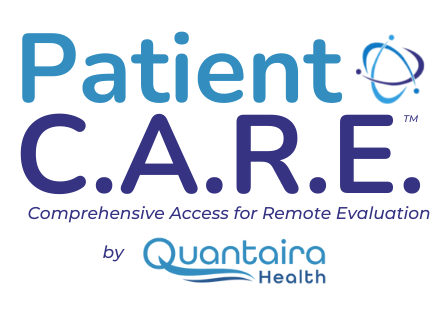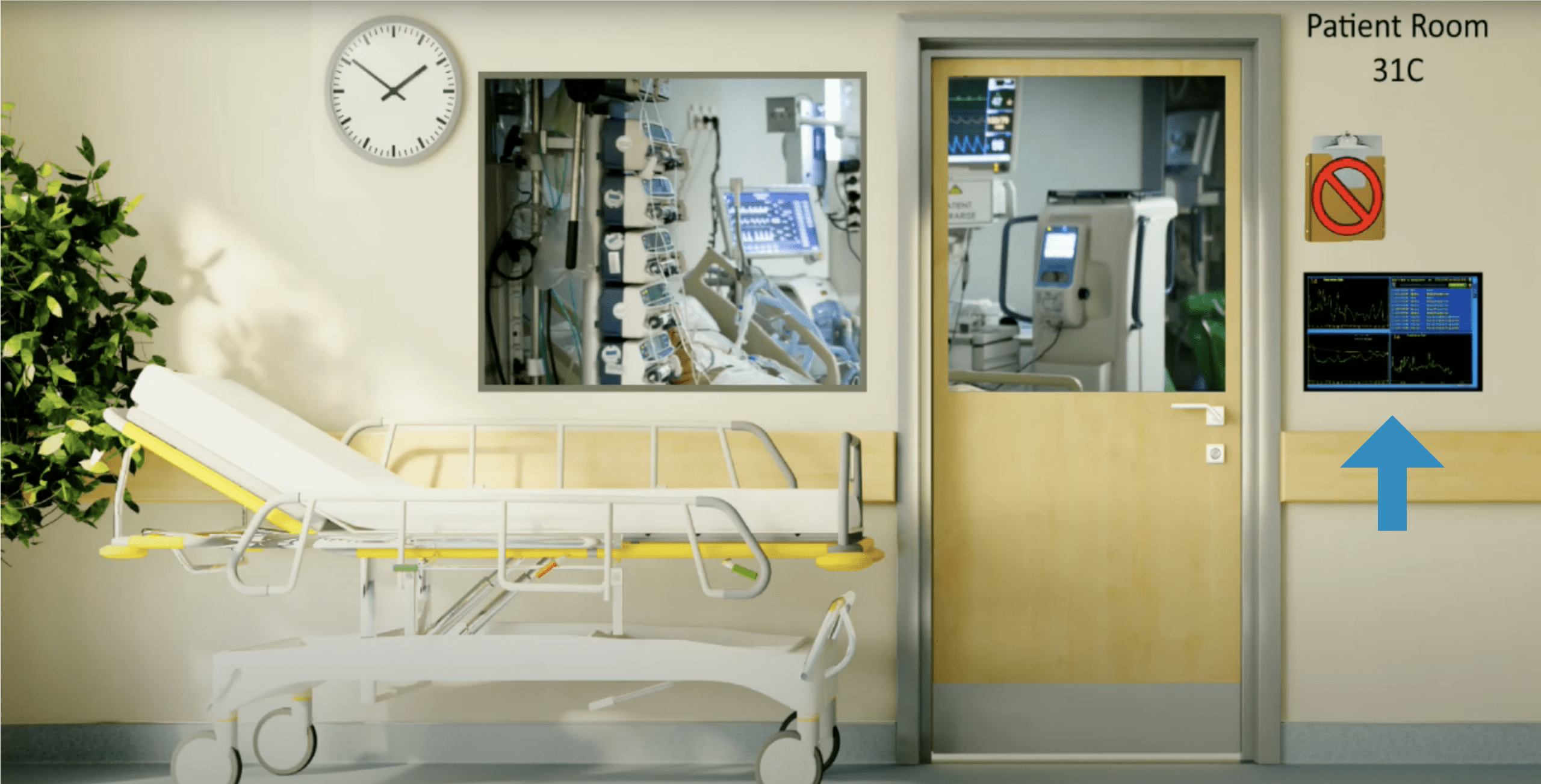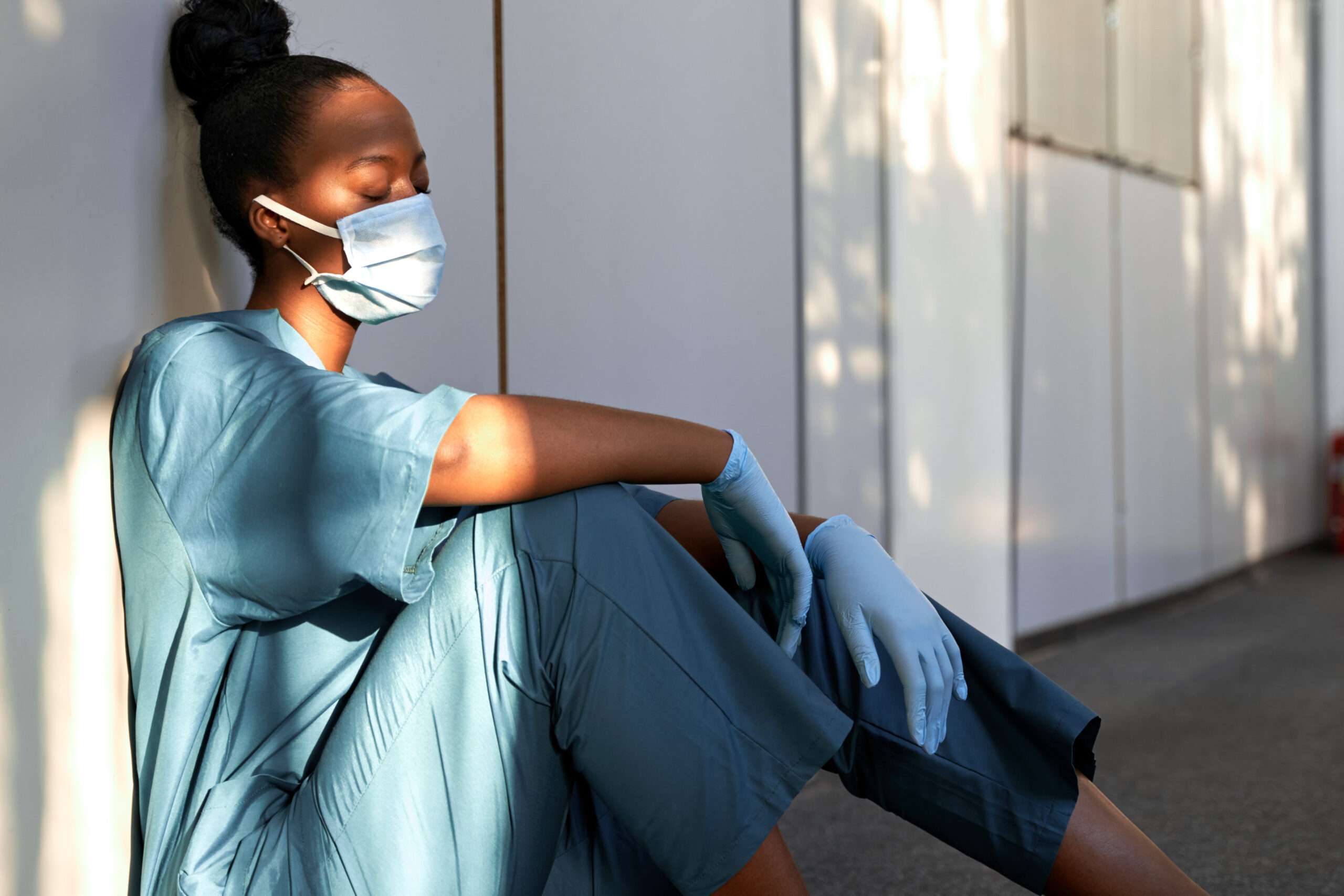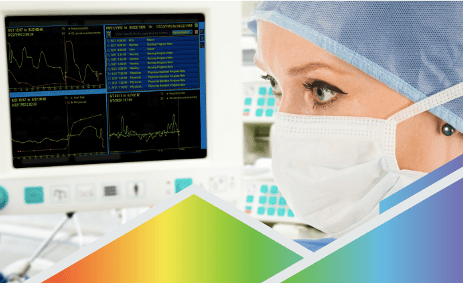Announcing our Patient C.A.R.E. Billing Module
For patients & Families: Full Transparency on your healthcare costs.
For Doctors: Enable rPM and access Our Billing module. We automatically Suggest CPT codes and send them for approval, saving time and enhancing your Telehealth visits!
Watch to learn More
Patient C.A.R.E. – Addressing Current Healthcare Challenges




